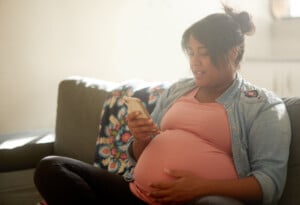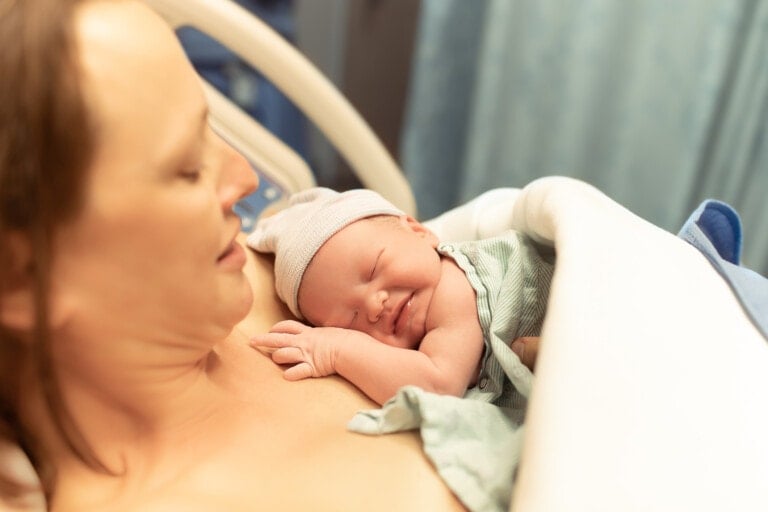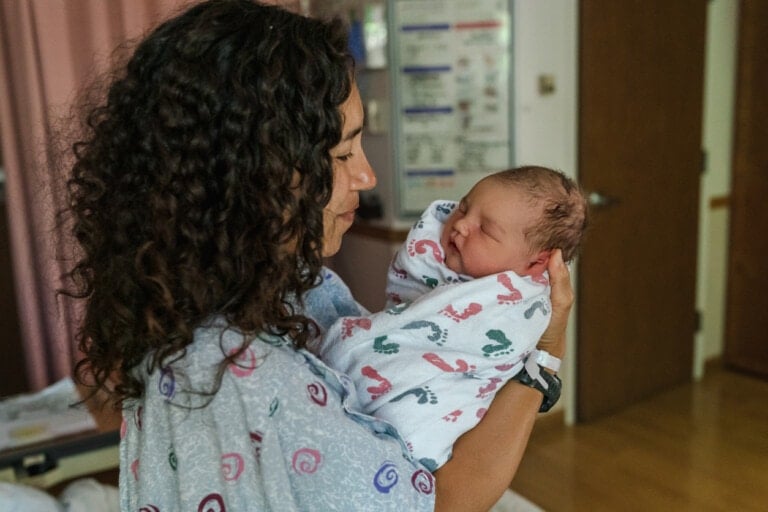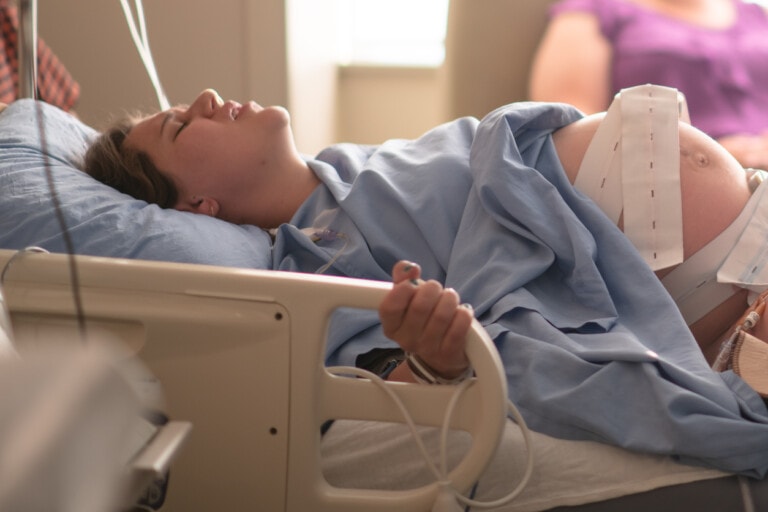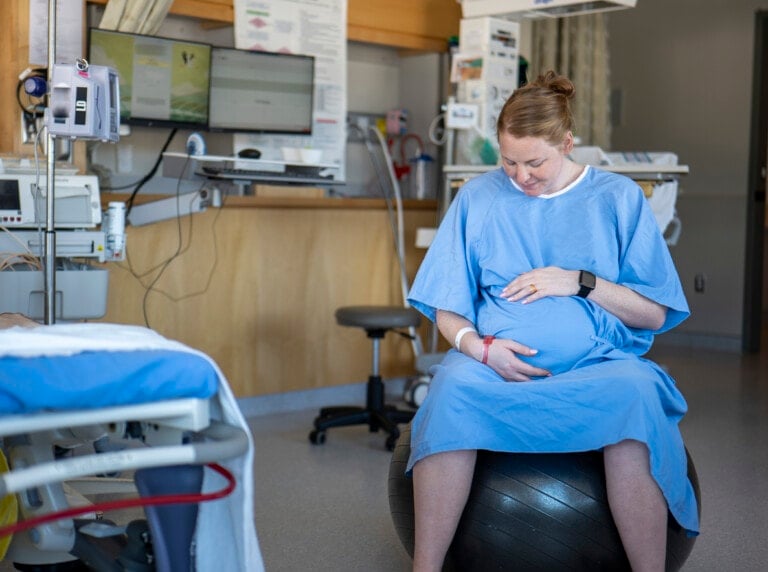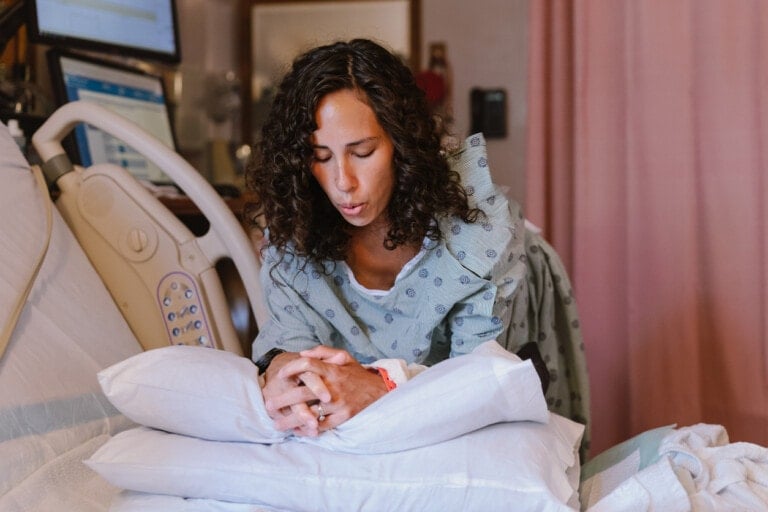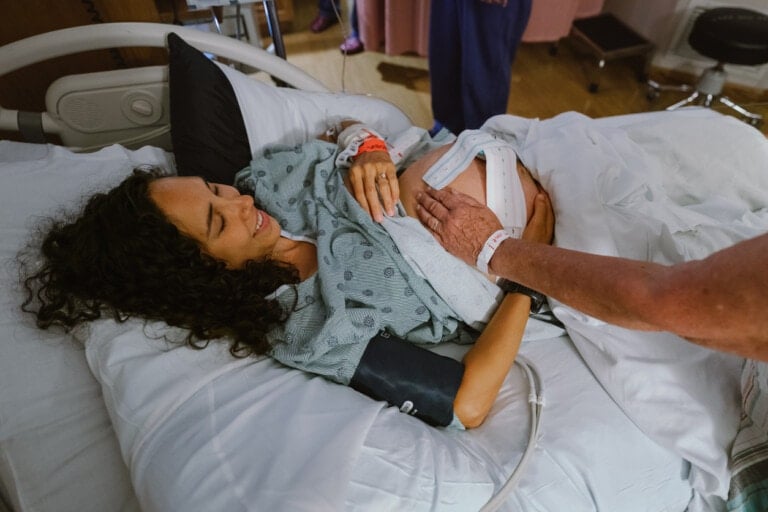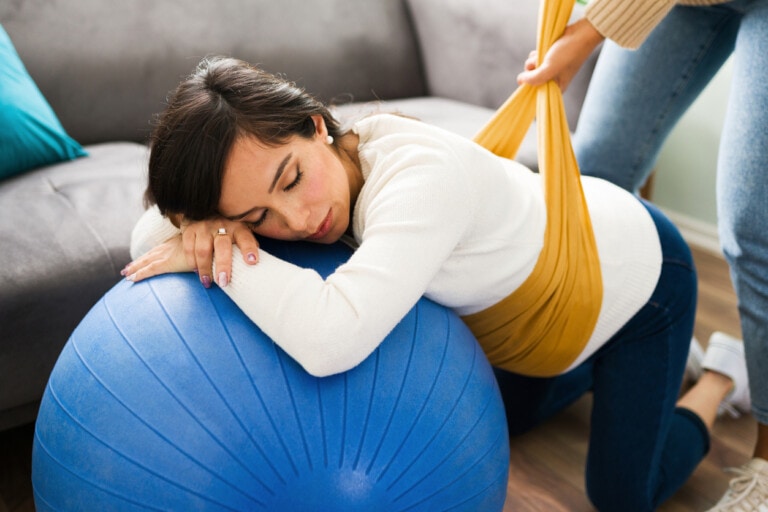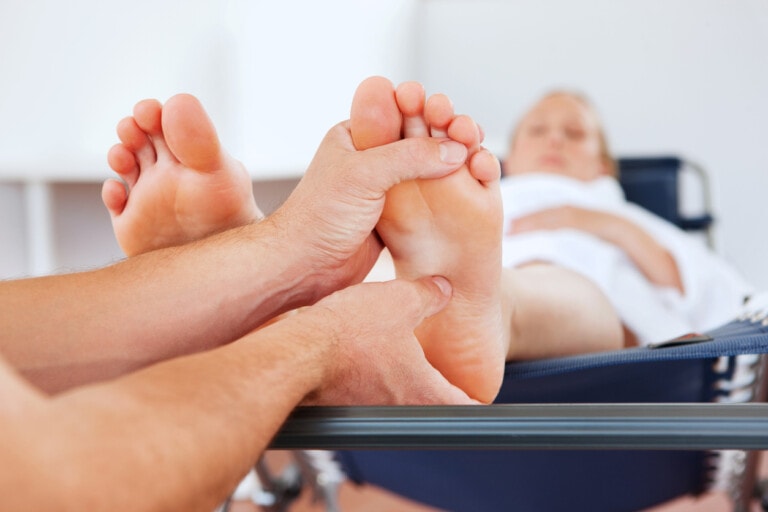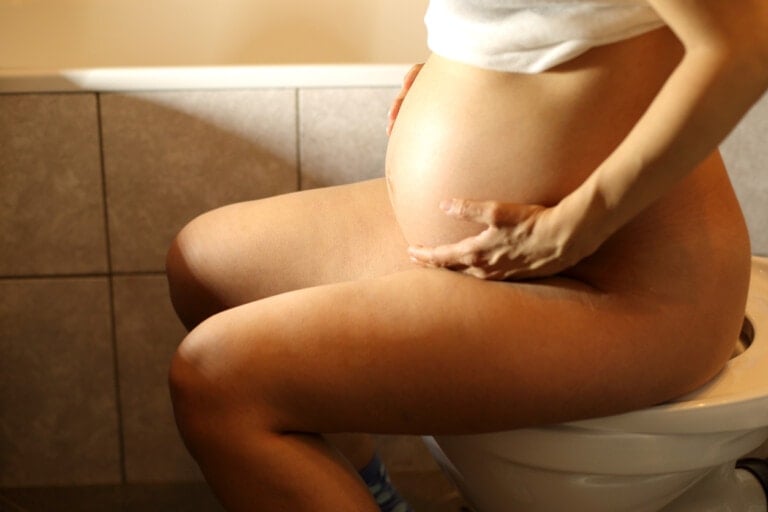Have you heard of using nipple stimulation to help start labor? People have been using the practice of nipple stimulation to induce labor throughout history.3 And, over the years, studies have shown that nipple stimulation may be an effective and beneficial practice at the end of pregnancy.6
Doctors use labor induction for various reasons, and it is a common practice throughout the obstetric world.2 Some of these include a pregnancy lasting more than 41 weeks, the mother having health problems, or problems with the fetus. The term “induce,” when about pregnancy, is defined as “stimulating the uterus to contract before labor begins on its own for a vaginal birth.”11 There are many old wives’ tales about natural and at-home methods to induce labor. But nipple stimulation remains one of the only methods with research showing positive benefits for labor.
Is Nipple Stimulation a Helpful Practice?
Nipple stimulation is a self-performed, natural practice that can cause uterine contractions in pregnant women. It is a simple practice that can affect your body by triggering6 the release of oxytocin from the posterior pituitary gland.5 The hormone oxytocin is linked to producing uterine contractions, and when contractions start, labor and delivery could be on the horizon.6
How To Perform Nipple Stimulation
Here are general steps to perform self-stimulation of the nipples:
- Place your thumb in the 12 or 9 o’clock position on the nipple with the index finger placed on the opposite side.6
- Slowly roll the nipple and pull the nipple forward.4
- Practice on one breast at a time.4
Guidance on recommended time intervals for nipple stimulation varies with each research study. For example, one study evaluated the impact of stimulating the nipples for 1 hour a day in 15-minute intervals.7 Another required women to practice nipple stimulation for 15 minutes for each side three times a day.5
Before trying nipple stimulation at home, you should speak with your doctor or care team to verify safety for you and your baby. It will be essential to ask for guidance on correctly performing nipple stimulation, when to start, and the time intervals recommended. Nipple stimulation can be very effective in causing contractions during the end of pregnancy, making it extremely important to discuss safety measures with your doctor.5
Researched Benefits of Nipple Stimulation
Some conclusions from research suggest nipple stimulation is a helpful practice at the end of low-risk pregnancies. Each study varies in the specific results. Some of the conclusions include:
- Stimulation of the breast appears to significantly impact women going into labor 72 hours after it was begun.3
- Nipple stimulation over three days showed increased oxytocin levels in women’s saliva. The stimulus was self-performed for 1 hour each day in this study.6
- Breast stimulation is an effective practice to use for cervical ripening.5 Cervical ripening “is the process of softening and effacing the cervix and stimulating early cervical dilation”12 This same study also discussed how stimulation for women near or at full term might increase the chance of labor, decreasing the likelihood of needing an induction.5
- Once labor starts, nipple stimulation may lead to shorter stages of labor. In this study, during the first phase of labor, women would stimulate their nipples once every 30 minutes.4
- Nipple stimulation can reduce the risk of postpartum hemorrhage. Two trials were reviewed that showed an 84% decrease in postpartum hemorrhage. 3
- Nipple stimulation is well-accepted among women as a way to induce labor.5,7
Safety of Nipple Stimulation
The research behind nipple stimulation to induce labor has shown that this practice is most likely beneficial and safe for mothers and their babies that are considered “low-risk” pregnancies. Nipple stimulation is not recommended for high-risk pregnancies due to safety concerns for both baby and mother.3
Some studies have noted an abnormal fetal heart rate after nipple stimulation in high-risk pregnancies.5 Your pregnancy may be considered high-risk because of pre-existing or pregnancy-related medical conditions, age, and certain lifestyle factors.11 It is always best practice to speak with your health care team before implementing any labor-inducing methods during your pregnancy to ensure safety for you and your child.
When to Head to The Hospital
Whether you are going into labor spontaneously or starting to feel contractions due to nipple stimulation, it will be essential to know when you should grab your bags and head to the hospital. If you feel unsure if you are in labor, have symptoms you are not familiar with, or ever have any questions, always reach out to your care team for support and guidance.
Reasons to Go to the Hospital or Contact Your Care Team
Here are several reasons to head to the hospital or contact your care team:
You’re Having Contractions
Contractions may start mild. However, once contractions become strong and regular, monitor their timing. If they last about 1 minute, occurring every 5 minutes over an hour, it is time to go to the hospital.8
Your Water Breaks
If your water breaks9, take a moment to note the color, odor, and amount of fluid present.13 This information will be important when you call your care team so they can give guidance on when you should come into the hospital or birthing center.14
You Have Vaginal Bleeding
Contact your care team for advice.
You Notice Decreased Fetal Movement
Head to the hospital immediately. This could signify that your baby is distressed and needs to be evaluated.13
Many women count down the days until they can have their little ones in their arms, but the ending weeks of pregnancy can be an uncomfortable time. But at full term, for low-risk pregnancies, nipple stimulation may be an effective practice to consider to induce labor naturally. So speak with your doctor to see if nipple stimulation might be a good option for you and your precious little one to get them here safely and soon.















